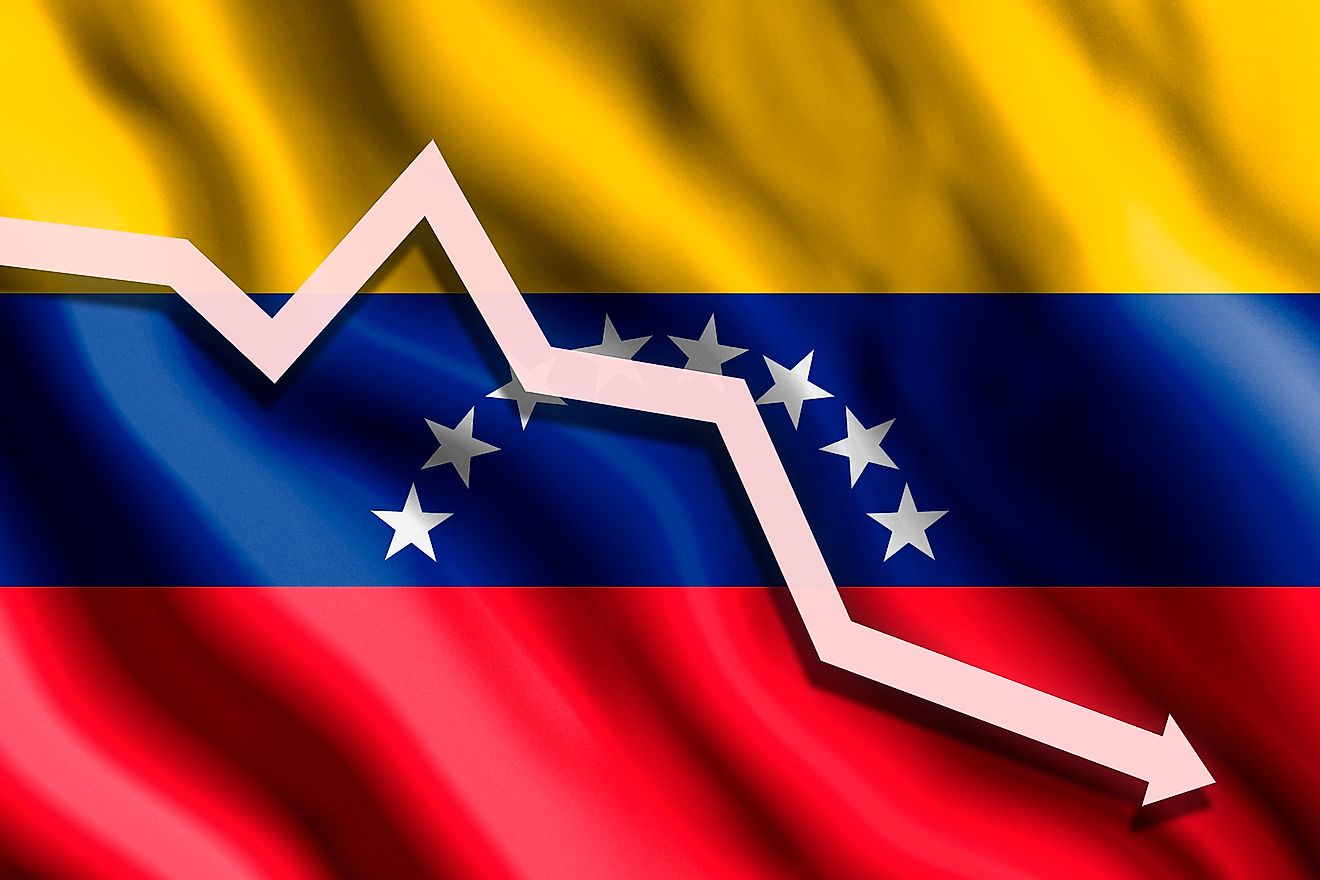The Miracle Bloom Of A Rare Mountain Flower Brings Hope In Challenging Times
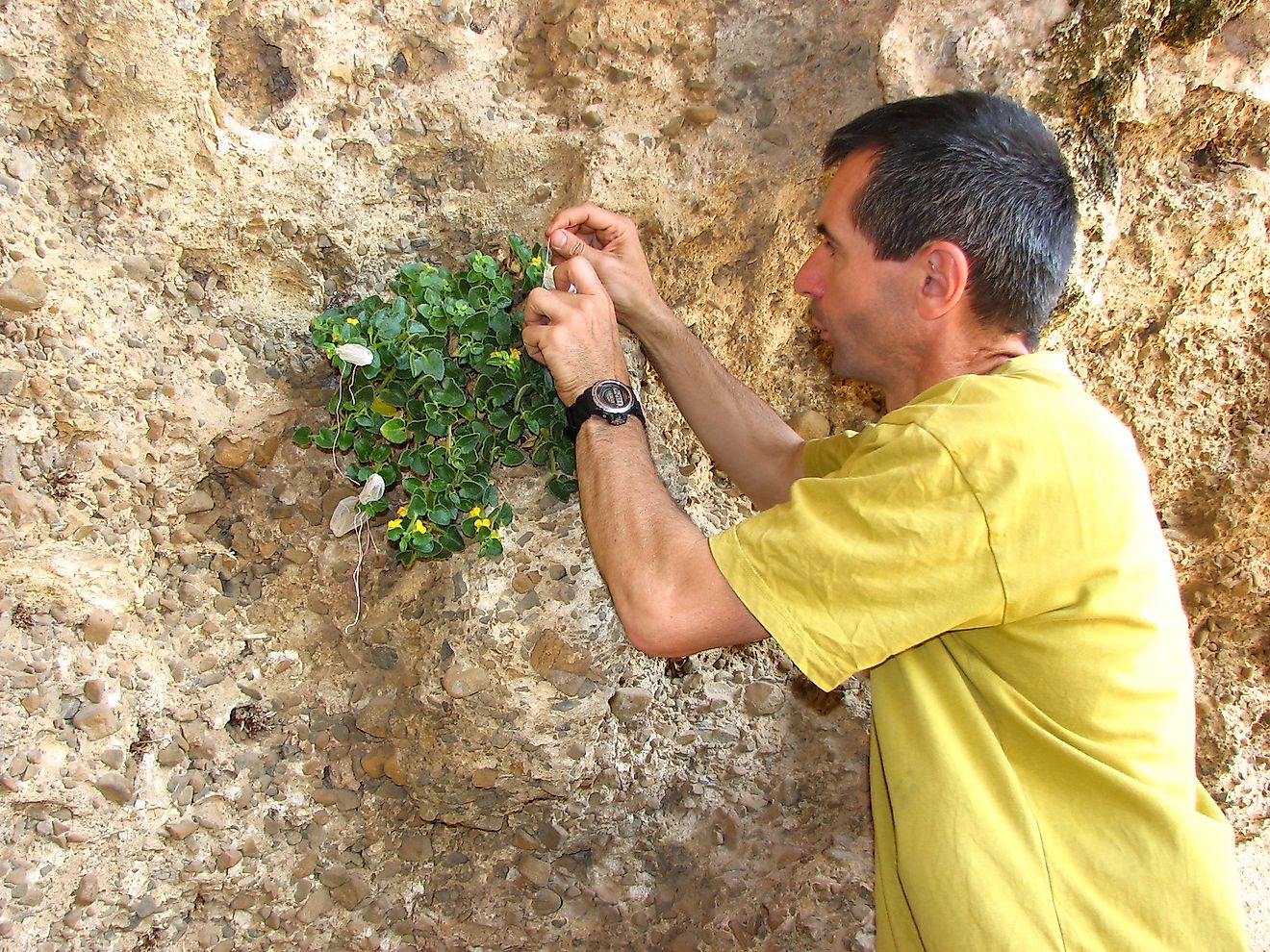
While the whole world is coping with the COVID-19 pandemic and the growing threat of climate change, the news of a rare flower blooming in a nursery in a Spanish University acts as a harbinger of hope. With the help of a group of dedicated conservationists from Spain and the Mohamed Bin Zayed Species Conservation Fund (MBZ Fund) in the United Arab Emirates, this rare mountain flower of a critically endangered species bloomed in the Botanical Garden of the University of Valencia in April 2020 amid the COVID-19 lockdown. It has been named the Gador’s snapdragon (Gadoria falukei). In this article, we learn more about this miraculous bloom and what it implies for the future of this species with the help of Dr. Jaime Güemes, Director, Botanical Garden of the Universitat de València and Razan Al Mubarak, Founding Managing Director of the MBZ Fund.

World Atlas spoke with Dr. Güemes about the latest achievements of the Gador’s snapdragon conservation team:
Please tell us about the history of discovery of the Gador's snapdragon
During a field expedition to study the flora in Sierra de Gádor (Almería, Spain), members of the Almería Naturalist Association discovered specimens of a plant that they could not attribute to any known Iberian species. Initially, it was identified as a member of the tribe Antirrhineae (Plantaginaceae) but could not be assigned to any known species of the tribe even after extensive revision of the existing literature. The amateur naturalists who took samples from the population and studied them in detail soon concluded that this was no ordinary find. Not only had they discovered a new species of plant but also a new genus, very old and isolated in the south of the Iberian Peninsula.
At the University of Valencia, we described the new species based on a comparative study with Asarina procumbens Miller (the closest species), an endemic species from the eastern and central Pyrenees (South France and North Spain) and the Central Massif (France). We also conducted a phylogenetic analysis to elucidate whether the new species belonged to Asarina or some other genus. Our results confirmed that the newly discovered plant was unique and should be assigned to a new genus as it was well differentiated from others of the tribe. Thus, it was assigned the scientific name Gadoria falukei.
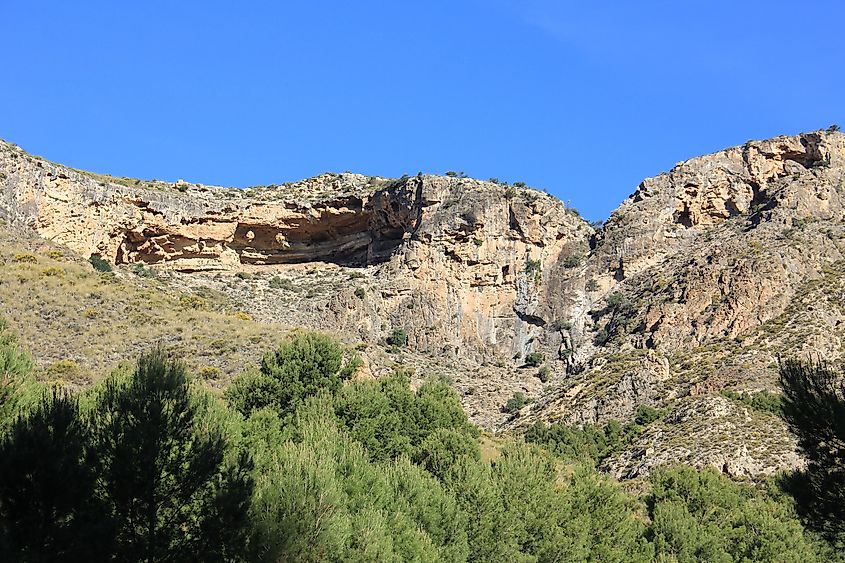
Why is the plant so rare? Where is it currently distributed in the wild?
The isolation and rarity of the species may be due to its very ancient origin (late Miocene, about 8 million years ago) and to the environmental changes that the Iberian Peninsula has suffered since then, especially the effects of the last ice age, about 80,000 years ago. The arid conditions of the Sierra de Gádor are unique, and a refuge for many species of vascular plants that only live in this small geographic area.
Currently, we know of just a single population of Gadoria falukei in Spain: Almería, Sierra de Gádor, Bernal ravine, 36°49’33.97’’N, 02°43’26.37’’W, 580 m.a.s.l., in limestone walls with marine fossils (bivalves), orientation S, livestock refuge area. Therefore, the area of occupancy and the extent of occurrence fully coincide. The area occupied by the species is estimated at 1000 sq. m. This population consists of only sixteen reproductive individuals and eight juveniles, based on a census in 2013. The species has the highest IUCN threat category: critically endangered.
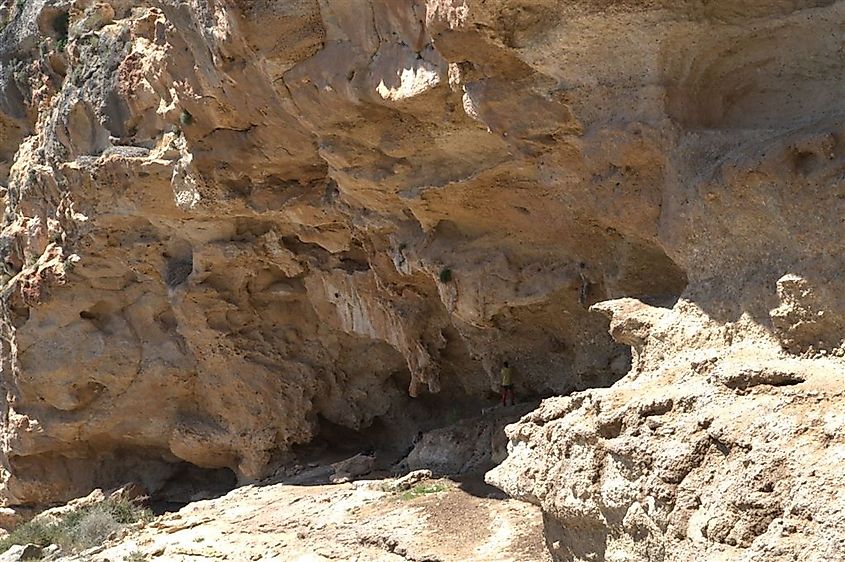
What are some of the distinctive traits of this plant species?
The species most similar to Gadoria falukei is Asarina procumbes. Similar to Asarina p., Gadoria falukei is a perennial suffrutescent herb with branches not cirrhose; leaves homomorphic, simple, palmately veined, petiolate (petioles not cirrhose), opposite, densely glandular-pubescent; flowers zygomorphic, personate, solitary in the bract-axil; bracts similar to the leaves. It differs from Asarina procumbens in the flowers, with a corolla-tube shorter than the calyx lobes, not clearly longer (at least twice as long); the capsules have a thick and woody wall that is opened by two circular and well-defined pores (one per locule), partially enclosed by two rigid semi-persistent opercula, not thin and papyraceous capsule wall, which is opened by two irregular and diffuse pores (one per loculus), without opercula.
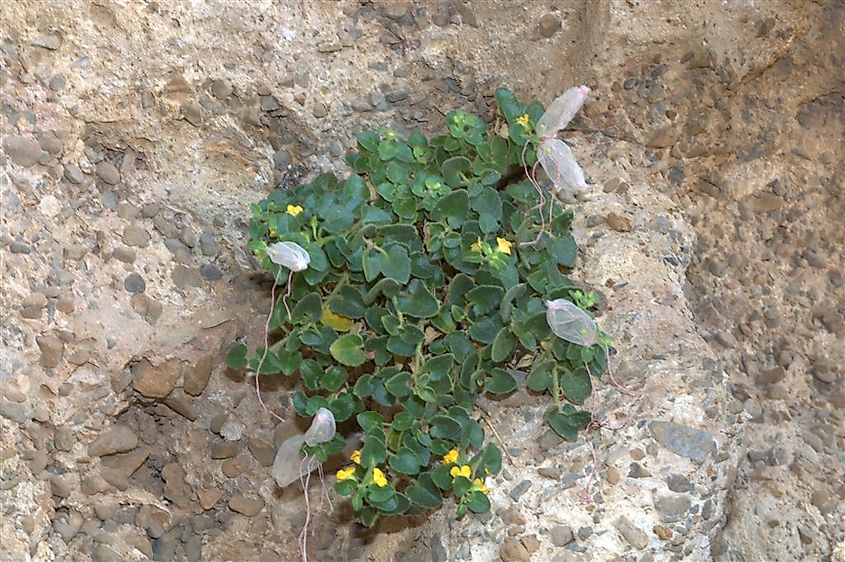
What is its role in the ecosystem?
Currently, the role in the ecosystem is unknown. We do know that it is a highly specialized species, capable of living in the cracks of rock walls, in very dry locations. Its fleshy leaves, surely, allow it to accumulate water during the rainy season and overcome the dry months with its own resources. We also know that you can produce fertile seeds without the need for pollinators. It is a species with a great capacity for the production of fertile seeds by spontaneous autogamy. But the vast majority of seeds fall on unsuitable soils, and hardly any generational renewal occurs. The main importance of the species is to be a testimony of a flora that arose millions of years ago and that climate change could make disappear.
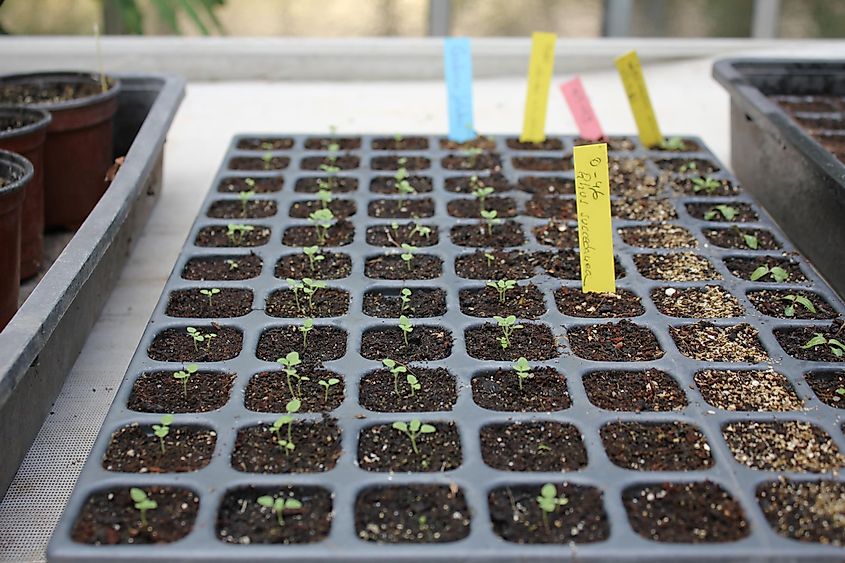
Why is it important to revive and repopulate the Gador's snapdragon?
The conservation of any species is important for life on the planet including that of the human being. Each species has a unique and unrepeatable genetic heritage. It is the result of hundreds of millions of years of evolution and natural selection, and only with this long process can a species reach its distinct genetic makeup. If a species disappears, we will never know what its genes were hiding, what molecules we could have used for the benefit of humanity. Also, if it disappears due to artificial causes (such as the transformation of the climate by the action of the human being), an evolutionary line and relationships with other living beings will come to an end, with consequences that are impossible to calculate.
If the Gádor's snapdragon becomes extinct, it will act as an indicator of the transformation of the territory towards greater aridity. Any effort to conserve it will be a hope of halting or mitigating climate change. It is possible that we can save it by taking it to other higher areas, where the aridity is not so high, and where environmental conditions similar to those that have allowed its survival for millions of years are still preserved.
How are you and your team carrying out the task of conservation of this species? Also, what milestones have been achieved in this project?
COVID-19 and the confinement conditions to which the entire Spanish population has been subjected to during the spring of 2020 has not prevented planned fieldwork concerning the Gador's snapdragon project. Drones have been implemented to search for new populations of this plant at potential locations.
During these months, we also continued our work at the Botanical Garden of the University of Valencia. We sowed the seeds collected during the 2015 campaign and we grew the first cultivated plants. We were overjoyed when the first flower of the Gador's snapdragon bloomed in our botanical garden's nursery. Now, we are waiting for the ripening of the fruits to obtain thousands of seeds which will guarantee the ex-situ conservation of the species in the germplasm bank of the Botanical Garden. With the help of these new plants, we have deepened our knowledge of the reproductive biology of the species and we have taken samples to complete the analysis of genetic diversity.
All these results will allow us to make a scientifically based proposal for the in situ recovery actions of the species. Currently, we are preparing a sampling and planting campaign to be carried out in the winter of 2020.
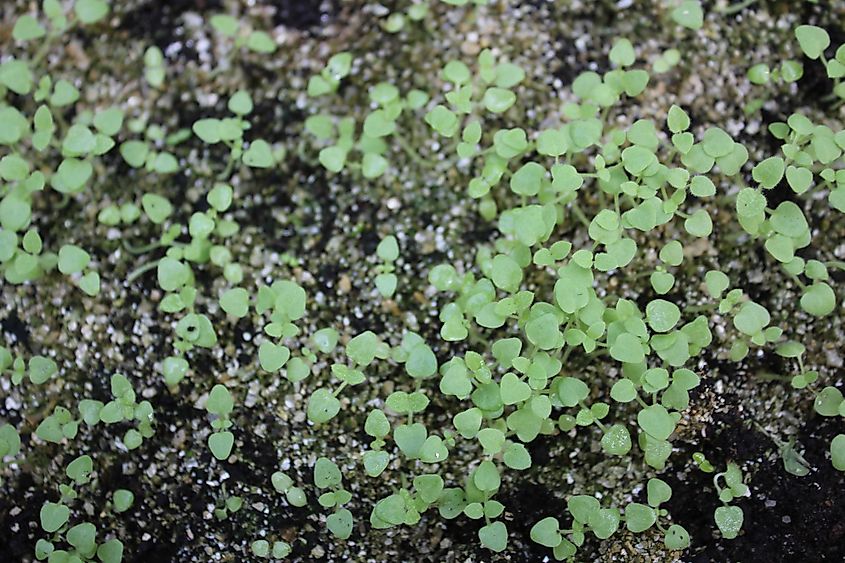
What is the role of the MBZ Conservation Fund in the implementation of this project?
Funding from the MBZ Species Conservation Fund has been very important to carry out the experimental works on the Gador's snapdragon. Its financial support has given a fundamental boost to our study and recovery project for Gadoria falukei. We always wanted to do it, but the help of the MBZ Species Conservation Fund was not only important to be able to start the research work with doctoral students, but also gave us confidence in the viability of our project.
COVID-19 has caused us to change our initial plans, but we trust that the MBZ Species Conservation Fund will continue to trust us and we can extend the delivery of results for a few months, enough to carry out the planned fieldwork.
The result of the subsidized project will allow establishing a conservation strategy for the species that will be presented to the Andalusian Government, the administrative authority responsible for the conservation of species in Almería (Spain).
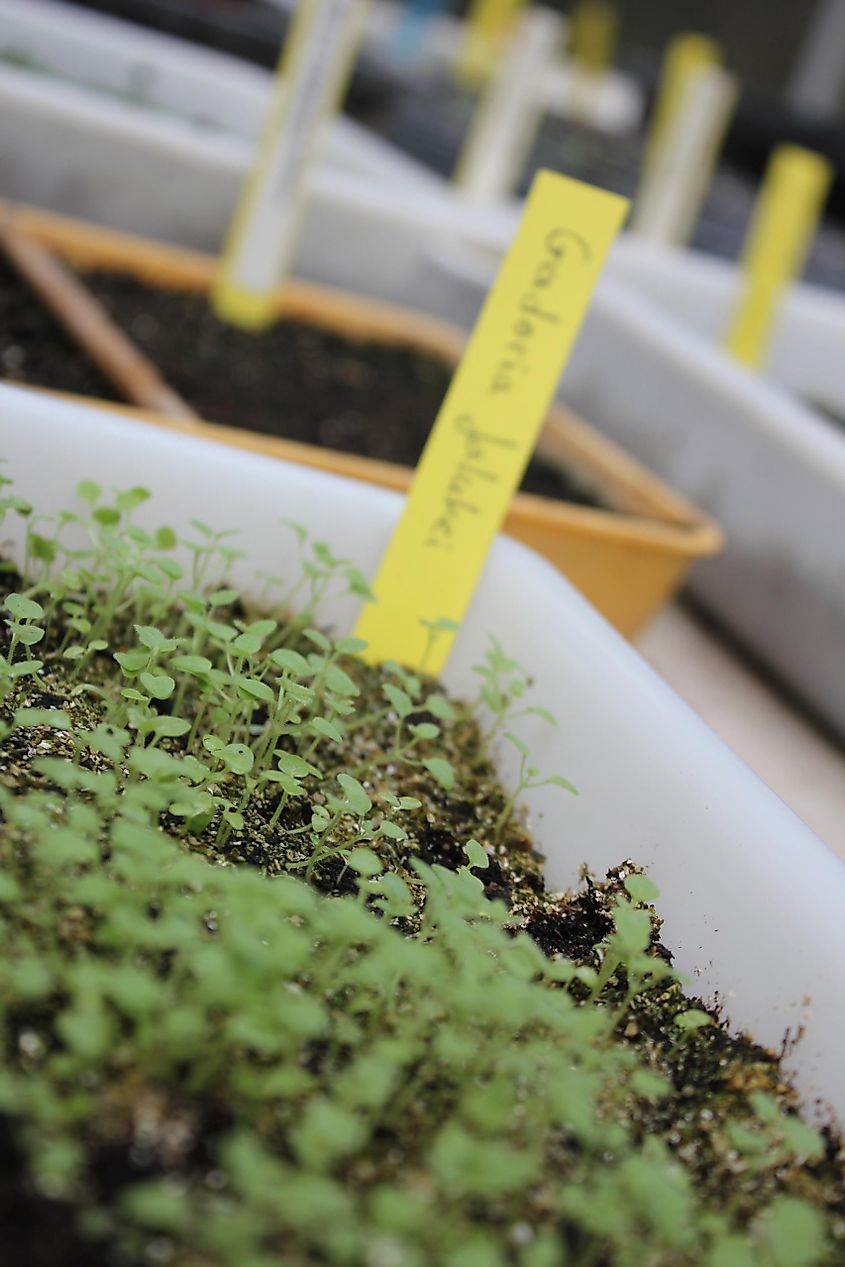
The success story of the Gador's snapdragon conservation program shows us that one must never give up. The progress made by the botanists of the University of Valencia in conserving a species so rare as the Gador's snapdragon shines a ray of hope in a world suffering from the ravages of a pandemic. In times when the sixth mass extinction is widely discussed, the revival of a critically endangered species is a great source of encouragement for those striving hard to conserve species that are often ignored or forgotten.
"We learned about this success because of a survey we distributed to our grant recipients during the early days of the lockdown. This was a difficult time for all of us, especially our grant recipients, many of whom were suffering from the economic and physical effects of the pandemic. When we received the email from Jaime Guemes with the news and the photo of the flowering plant, it was deeply heartening -- a silver lining to an otherwise dark cloud. It reinvigorated our hope," said Razan Al Mubarak.










